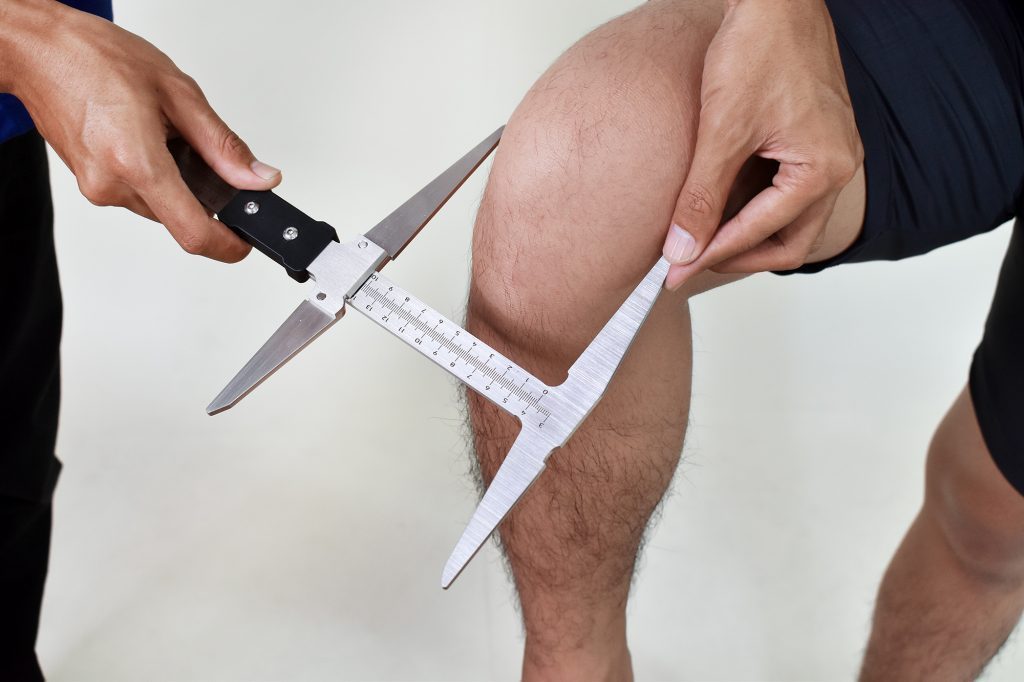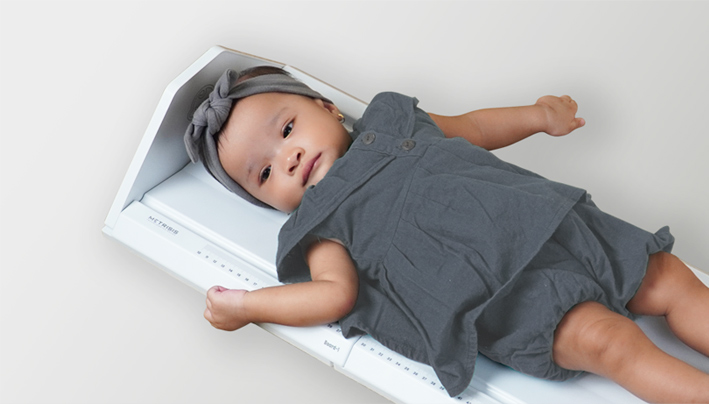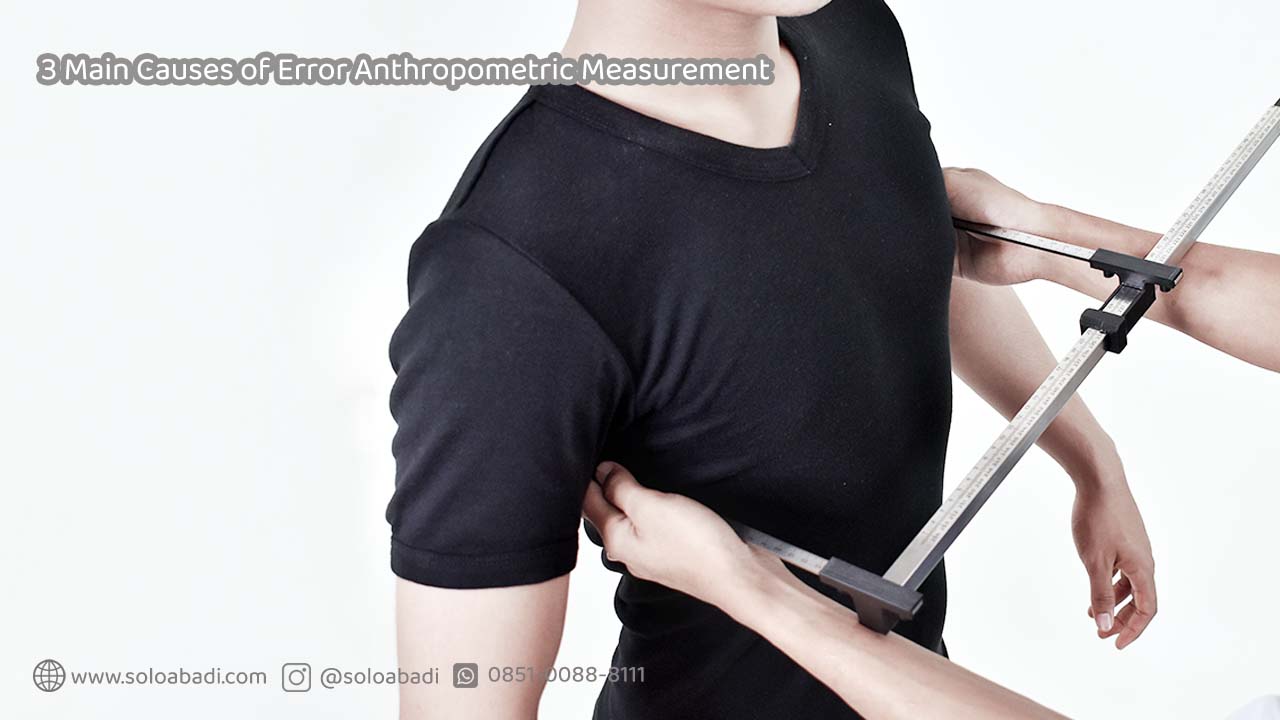Error Anthropometric measurement can occur due to a lack of personnel expertise. However, the tools used for these measurements are usually found. These mistakes can have serious consequences, especially in assessing our health. They may even lead to adverse outcomes. It’s important to understand that these errors not only impact measurement accuracy but also pose a risk of causing musculoskeletal pain.
Before we go any further, let’s understand the 3 main causes of error anthropometric measurement!
How Important is Accuracy in Anthropometric Measurement?
Anthropometric measurement is a direct method for measuring the dimensions of the human body. This involves repeatedly measuring living subjects to establish standards. This repetition is necessary due to biological and racial factors that introduce variations in anthropometric standards, a topic discussed in the scientific field of Somatometry.
The key aspect of anthropometric measurement standards lies in the variations in data, underscoring the importance of accuracy. Accuracy refers to how well measurement results or anthropometric studies reflect true values, indicating the precision or conformity between measurement results and actual values.
Ensuring accuracy and minimizing errors becomes imperative. Here, we highlight three common causes of errors in anthropometric measurements!
1. Human Error, The Most Findable Mistake

One of the reasons for errors in anthropometric measurements is the insufficient capacity of personnel to conduct the measurements. This lack of capacity can result not only in errors but also in imprecision. Hence, f ergonomic purposes, require accurate landmarks or reference points. Therefore, knowledge of human body anatomy is crucial.
Read More : 4 Types of Caliper in Anthropometric Measurement
Studies that require professionals to conduct measurements include, among others, Industrial Studies, especially in Occupational Health and Safety (OHS), Physiotherapy, Medicine, Anthropology, Forensics, and Sports Management.
2. You Probably Not Using a Calibrated Measuring Instrument
In each subfield of anthropometric studies, there are specific measuring tools. In the case of measuring the nutritional status of children under five, height and weight serve as crucial indicators to detect growth failure or stunting. Therefore, it requires tools such as an Infantometer Board or Portable Stadiometer and a digital baby scale.

On the other hand, Industrial Engineering, requiring an Anthropometric Chair or Portable Anthropometry, aims to create an ergonomic work environment.
The Anthropometric Chair is the first anthropometric measuring tool specifically designed for creating various types of chairs. This tool has been utilized in various fields, from product design to the Sports Authority of India (SAI). Some advantages of the Anthropometric Chair include:
Read More : The Uses and Functions of the Anthropometric Chair
- Safe direct measurement
- Keen attention is all that’s necessary
- The chair is resilient in its use, employing an approach that is both precise and easily comprehensible
- Its knock-down assembly system facilitates compact and orderly storage
- Complemented by a hydraulic mechanism for seamlessly adjusting the seat base height.
Portable Anthropometry, Portable Measuring Tools
The Portable Anthropometry is a measuring tool that can be conveniently carried anywhere, allowing for measurements at any time. Furthermore, with its compact design, this versatile tool excels in conducting over 100 measurements of various human body dimensions.
This instrument is similar to the GPM Anthropometer, but is way more affordable and made of the best stainless steel material.
Inaccurate measurements can arise due to the use of non-standardized and uncalibrated measuring tools. Consequently, calibration becomes a mandatory process for anthropometric measuring devices. Moreover, ensuring the accuracy of these tools involves the essential step of calibrating or validating the measurement scale. This process is crucial for maintaining precise and reliable measurements.
3. Constantly Using Different Methods of Measurement
The lack of consistency in measurement methods is a contributing factor to the inaccuracy of anthropometric measurements. As previously mentioned, measurements need to be conducted repeatedly at specific body points. It’s important to note that anthropometric measurements can also be carried out in a working position, referred to as the REBA (Rapid Entire Body Assessment) and RULA (Rapid Upper Limb Assessment) methods. Consequently, maintaining a consistent selection of measurement methods is crucial.
Furthermore, measurements also need to utilize consistent measuring tools to maintain the validity of anthropometric data.
Find the Right Measuring Tool to Avoid Error Anthropometric Measurement

Standardized and calibrated anthropometric measuring tools can be found in the Portable Anthropometry Complete Set Series and Anthropometric Chair. These instruments can measure over 100 body dimensions, and the collected anthropometric data can be easily applied in various fields.
The Portable Anthropometry Complete Set Series has been utilized by various institutions, both domestically and internationally, across diverse sectors such as education, government, military, architecture, and forensics.
For more information, please contact us via email at admin@soloabadi.com or through WhatsApp at 08510888111.


